Overview of Software Development Process at Quorum Technologies
At Quorum Technologies, we tailor the software development process to your specific
business needs to deliver high-quality software on time and within budget.
Development Approaches We Follow
we tailor the software development process to your specific business needs to deliver high-quality software on time and within budget.
The Agile methodology allows us to release reliable software fast and introduce changes easily. The development process consists of 1-4 week iterations resulting in an evolved version of software shipped each time. After each iteration, we get real user feedback that drives informed decisions on the next development steps.
With an established DevOps culture at Quorum Technologies, we streamline software delivery and improve its quality with the following DevOps best practices:
- Infrastructure as Code (IaC): automating the creation of new infrastructures and keeping them consistent with each other to ensure smooth software deployment.
- Continuous Integration/Continuous Delivery or Continuous Deployment (CI/CD): automating integration and deployment of code changes.
- Automated testing: automating regression, performance, and other types of testing that are continuously carried out within the CI/CD pipeline.
- Application performance monitoring: configuring application performance monitoring tools to detect post-release bugs quickly.
We are ready to cooperate with third-party vendors and together deliver business value to the customers. If the customer’s needs and priorities change, we can adjust the responsibility scope on the go and adapt service timelines to the new context.
We use modular architecture patterns, such as microservices, in combination with containers to develop applications as a suite of independent functional components that can be effortlessly ported to any environment. Such an approach ensures higher application reliability, better maintainability and expandability, as well as shorter development time.
Software Development Process Steps
Business analysis
Our business analytics elicit your business needs, turn them into prioritized software requirements and help elaborate on the concept of your software.
Software development process and management
In every project, we design UX and UI, build a future-proof architecture as well as run coding, integration and deployment processes. We take care of the overall project management and regularly report to you on the development progress. We suggest going for iterative development, as it enables to launch the first version of software in just 3-4 months, and then get it further evolved every 1-4 weeks.
QA & testing
We keep up software quality with continuous testing, starting from unit tests and code reviews done by our developers to functionality, performance, usability, integration, compatibility and security testing by our QA team. A reasonable amount of test automation helps us speed up software delivery and minimize the number of missed bugs.
Risk management
We define and estimate risks related to the project budget, delivery time, cybersecurity, new technologies and personnel. Then, we prepare a mitigation plan for each risk, monitor risks and report to responsible project stakeholders to keep all parties informed about existing risks and their states and ensure the consistency of risk management actions.
Change management
We review the required software changes with all parties concerned, analyzing how the changes will impact software business logic and adapting it accordingly before any change implementation.
Highlights of Software Development
- Quality first
- Self-management by objectives
- Clear documentation and knowledge base
- Effective collaboration approaches
We minimize management efforts on the customer’s side while providing a high level of transparency over the development process and proactive risk management.
